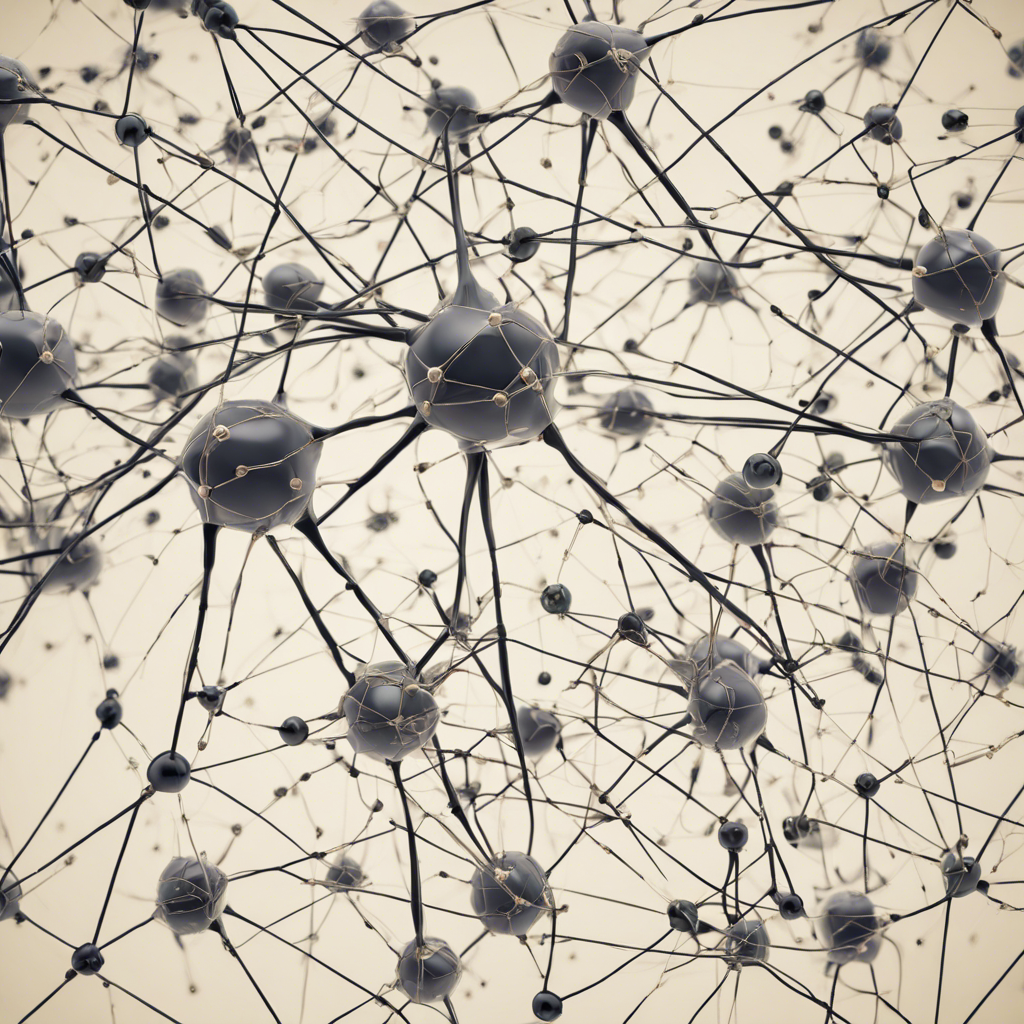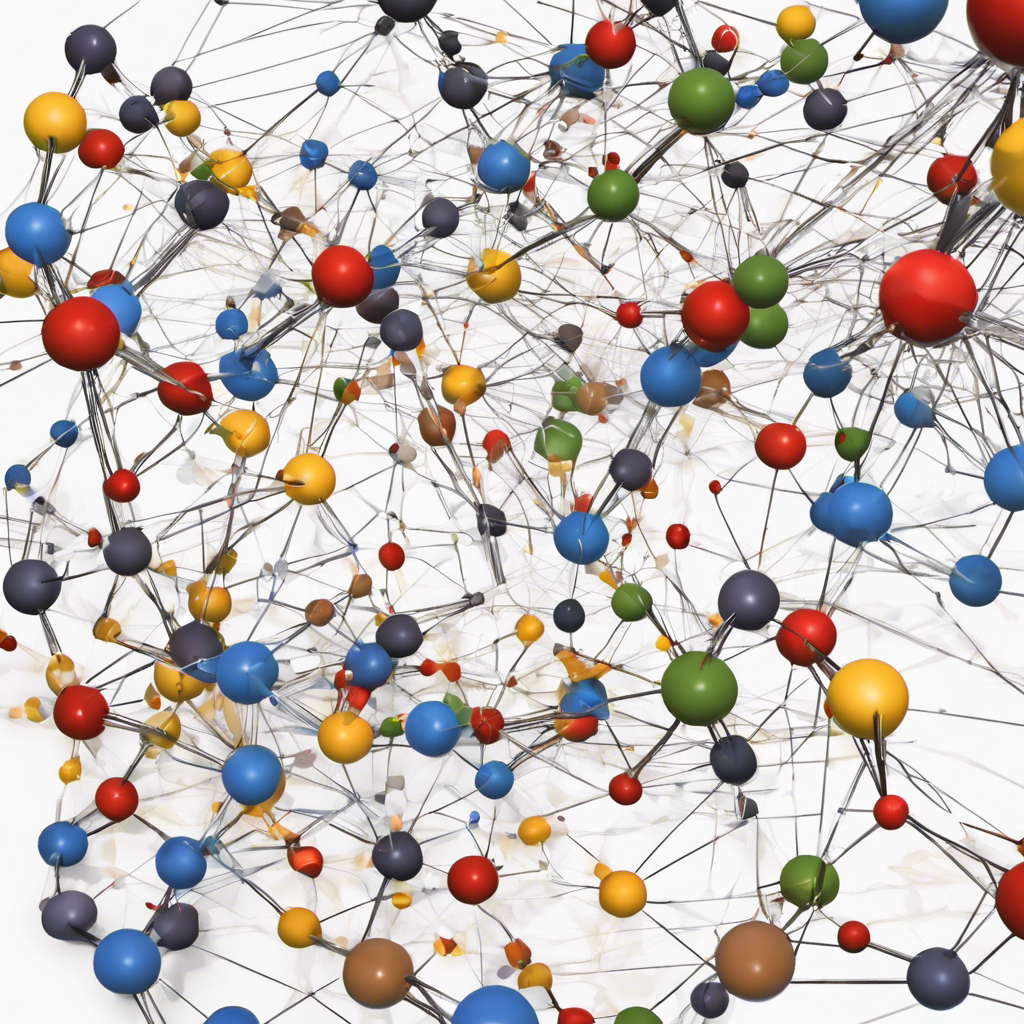Researchers from Berlin develop a high-dimensional geometric approach to analyze genetic interactions and identify key regulators in biological systems.
Scientists from Berlin, in collaboration with biologists from ETH Zurich and Carnegy Science, have introduced a groundbreaking mathematical model for understanding genetic interactions in biological systems. The research, published in the Proceedings of the National Academy of Sciences, aims to identify master regulators within the context of entire genetic networks. By analyzing real data sets and applying a high-dimensional geometric approach, the team has uncovered key genes that exert significant control over essential cellular processes.
A New Approach to Biological Network Analysis
Previous studies have primarily focused on pairwise interactions within biological networks, often overlooking the influence of genetic background and biological context. The team led by Professor Michael Joswig from Technische Universität Berlin has taken a more comprehensive approach, incorporating higher-order interactions to identify key regulators in the entire network. This approach addresses the challenge of high dimensionality in biological networks and provides a theoretical framework for analyzing complex genetic interactions.
Reinterpreting Epistasis for Mathematical Modeling
To mathematically describe biological processes, the researchers used real data sets from biologists who studied the life expectancy of fruit flies based on different combinations of gut bacteria. They applied a high-dimensional geometric approach, reinterpreting the concept of epistasis—an interaction phenomenon between different genes. Epistasis plays a crucial role in understanding genetic inheritance and the diversity of traits. By mapping relevant biological information onto fitness landscapes and quantifying epistasis, the team investigated how individual genes and species influence interactions within the biological network.
Identifying Master Regulators in Biological Networks
The research team’s primary contribution lies in representing fitness landscapes as an epistatic filtration of the network. This approach enables the identification of relevant signals in higher dimensions that serve as master regulators of the network. By analyzing concrete experiments and encoding biological information, the researchers were able to identify key regulators with reliable signals. This interdisciplinary study at the intersection of biology and mathematics provides a coherent theoretical framework for analyzing biological networks.
Coherent Framework for Analyzing Whole Networks
The researchers applied their method to a fruit fly experiment involving five different gene types or bacteria, each comprising a combination of 32 genes. This data set served as the foundation for understanding the fly’s life expectancy. The new approach provides a flexible framework for detecting and describing deviating scenarios, which was previously unattainable in individual experiments and mathematical modeling. The high-dimensional geometric approach allows for a comprehensive analysis of genetic interactions in complex networks.
Potential Applications and Future Developments
The impact of microbiotic composition on life expectancy highlights the potential applications of this research. While currently limited to fruit flies, the researchers hope to extend their quantification method to humans in the future. However, due to the vast number of bacteria in the human gut, this remains a challenge. The team anticipates that future developments, combining simpler methods with classic transformation processes, could pave the way for applications such as the development of customized drugs.
Conclusion:
The groundbreaking research conducted by the team of scientists from Berlin offers a new mathematical model for analyzing genetic interactions in biological networks. By incorporating higher-order interactions and quantifying epistasis, the researchers have identified key regulators within the network. This coherent theoretical framework provides valuable insights into the control mechanisms of essential cellular processes. While currently limited to fruit flies, the potential applications of this research extend to understanding the complex interactions within the human microbiome. The future development of simpler methods could lead to customized drug development and further advancements in the field of biology.











